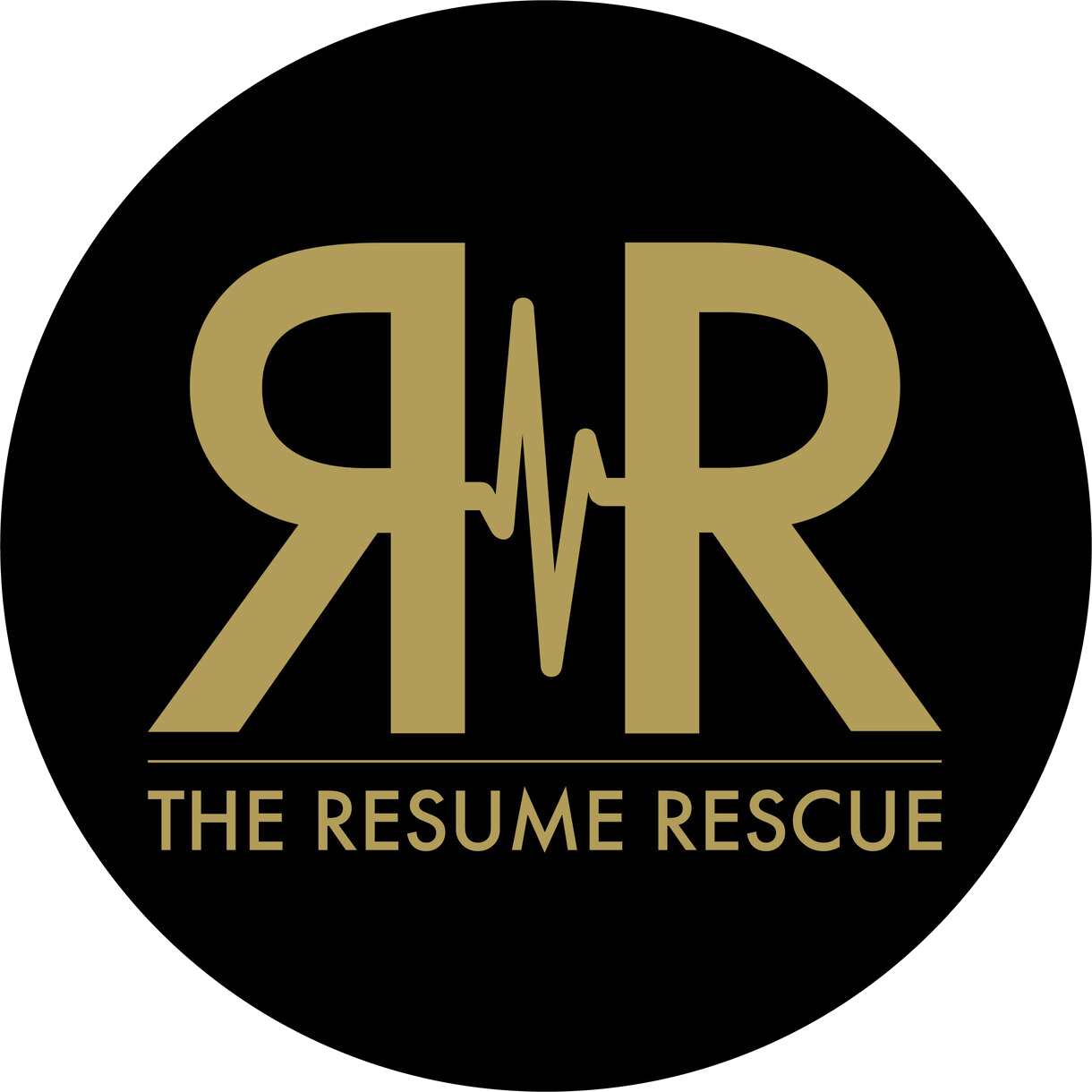There are a lot of factors that go into job hunting: industry, benefits packages, commute times, flexibility, and so much more. It is difficult for anyone to juggle all of these considerations. The last thing someone in the job market needs is to hear myths about the job hunting experience. In this article, three of the most common myths about job hunting will be disproven. These myths include the role of technology and AI in making hiring decisions, using white text to boost search optimization, and that recruiters should be avoided.
Myth #1: Robots make hiring decisions
There are many misconceptions about the role technology plays in hiring decisions, probably the most common of which is that a computer will scrap applications. This is false. Machines do not make the hiring decisions at companies – people do. That is what the recruiter is for. Oftentimes, recruiters will have assistance from computers, in the form of an Applicant Tracking System (ATS).
The purpose of the ATS is to filter applications so that the best qualified candidates move to the top of the recruiter’s list. That being said, all hiring decisions are done by recruiters and associated hiring managers, rather than a computer. Applicant Tracking Systems are extremely common. Almost 100% of Fortune 500 companies utilize an ATS, and two-thirds of large businesses and 35% of small companies also use some form of an ATS. With the increase in AI use, ATS’ may become even more common. Likewise, as we learn more and more about AI, people become more and more nervous about it and its impacts on the various processes we have taken for granted and become familiar with over the years. However, while developments in AI may lead to faster computing times or different processes, humans will still be in the driver’s seat of the hiring process.
Myth #2: Using white text will help your job hunting experience
The idea of using white text on a resume is not a new one. With the growth of ATS’ and AI, people have been trying to find clever ways to get through what can be an arduous application process. The most common includes copying and pasting content from the job description into your own resume and changing the text to white.
The reason behind this is to fool the ATS. By including the literal job description text in your own resume, with all keywords and responsibilities included, the thought process continues that your resume will fly to the top of the stack. In turn, the hope is that this will land you an interview. According to a recent Washington Post interview with ManpowerGroup executive Tomas Chamorro-Premuzic, this tactic could increase your chances of getting an interview by 15%.
While that may seem like an incredible boost to your candidacy, there are a lot of drawbacks and risks involved. First, most ATS’ will automatically parse your uploaded resume, oftentimes into boxes based on previous positions, education, and so forth. When parsing the resume into textboxes, all of the text will be included, regardless if it was white when you submitted your resume. Anyone reviewing your resume will easily see how you tried to trick the system and likely throw your application out.
Additionally, many systems look beyond keywords. While indicating you have the experience, most tracking systems will ignore included keywords. This means that the AI will be looking for other indicators of future successes in the role. This includes previous roles, education, length of service, leadership and problem-solving abilities, and more. By trying to trick the system, you may end up tricking yourself out of the role.
Myth #3: Recruiters are bad for your job hunt
If you couldn’t tell by now, all of these points are intertwined. While AI and robots do not make all of the hiring decisions and often circumvent attempts to fool them with white text, the ultimate end point of your resume is the recruiter. At the end of the day, a human being will look over every resume and decide.
Recruiters also provide you with advantages over other candidates, even if those benefits may not be noticeable immediately. As an Indeed article states “[Recruiters] function as career coaches, giving you tips and tools to land your dream job.” This is a true statement; getting people to the jobs they are interested in is what the recruiter is paid to do. They have a job like everyone else. Their reputation in part relies on your happiness in the role they found for you. Recruiters often have exclusive details and insights into roles and they understand what is required of the position.
More often than not, recruiters serve as your biggest advocate, pushing resumes to decision makers. Like any profession, there are those who take their jobs seriously and those you do not. Certainly everyone can make a mistake. However, don’t let myths about engaging recruiters be one of your job hunting mistakes.
Job searching has its pitfalls, there is no question about that. A promising opportunity could fizzle out, or visa versa. Likewise, there are no shortages of scams. The best thing to do is be diligent in your job hunting and do your research.






